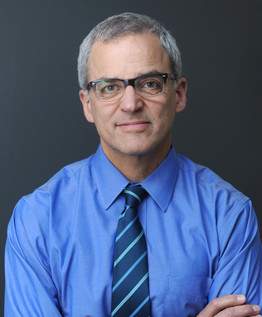AT CROI 2016
BOSTON (FRONTLINE MEDICAL NEWS) – Switching HIV-infected South African children from ritonavir-boosted lopinavir (LPV/r) to efavirenz (EFV)-based antiretroviral therapy improved bone mineral content in the children, compared with remaining on LPV/r, according to a study presented at the Conference on Retroviruses and Opportunistic Infections.
HIV infection affects bone accrual but there are limited data on how to optimize antiretrovirals to improve bone outcomes in HIV-infected children, said Dr. Stephen Arpadi , professor of pediatrics at Columbia University (N.Y.) Medical Center, and lead author of the study. To determine whether a preemptive switch from LPV/r to EFV antiretroviral therapy might be associated with beneficial outcomes in terms of children’s bone development, his team reviewed the results of a randomized clinical trial of HIV-infected children undertaken in Johannesburg, South Africa.
Two hundred twenty HIV-infected children aged 5-10 years (mean 6.4 years) were enrolled 1-4 years (mean 2.1 years) after randomization in the trial, while 180 similarly-aged HIV-uninfected children were recruited at the same site in Johannesburg for comparison. Among HIV-infected children, 110 were on EFV and 110 LPV/r at the time of assessment. All children also were on two nucleoside reverse transcriptase inhibitors, including 3TC (lamivudine) and ABC (abacavir), AZT, or d4T (stavudine). None were on TDF (tenofovir).
The investigators – part of the CHANGES Bone Study Team – assessed the children’s bone mineral content (BMC), fat mass, and lean body mass of the whole body by Dual-energy X-ray absorptiometry. Sex-specific BMC-for-height Z-scores for the infected children were generated using the BMC-for-height distribution of the uninfected controls. The children with HIV currently receiving EFV were compared with those on LPV/r.
Dr. Arpadi told CROI attendees that the BMC Z score was –0.49 in the EFV group and –1.07 in the LPV/r group, and that this association remained significant (P less than .001) and of a similar magnitude (Z-score difference, 0.58) after adjustment for age, fat mass, lean mass, vigorous physical activity, dietary vitamin D and calcium, CD4, and viral load. Sex-stratified analysis showed similar size effects in both boys and girls.
Higher fat and lean body mass also were independently associated with better bone mass outcomes in the children, Dr. Arpadi affirmed. “The use of bone friendly drugs may be beneficial for bone health in children with HIV,” he concluded.
The study was supported by the National Institutes of Health. Dr. Arpadi reported no conflicts of interest.
On Twitter @richpizzi




